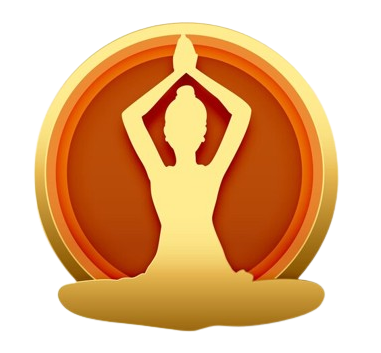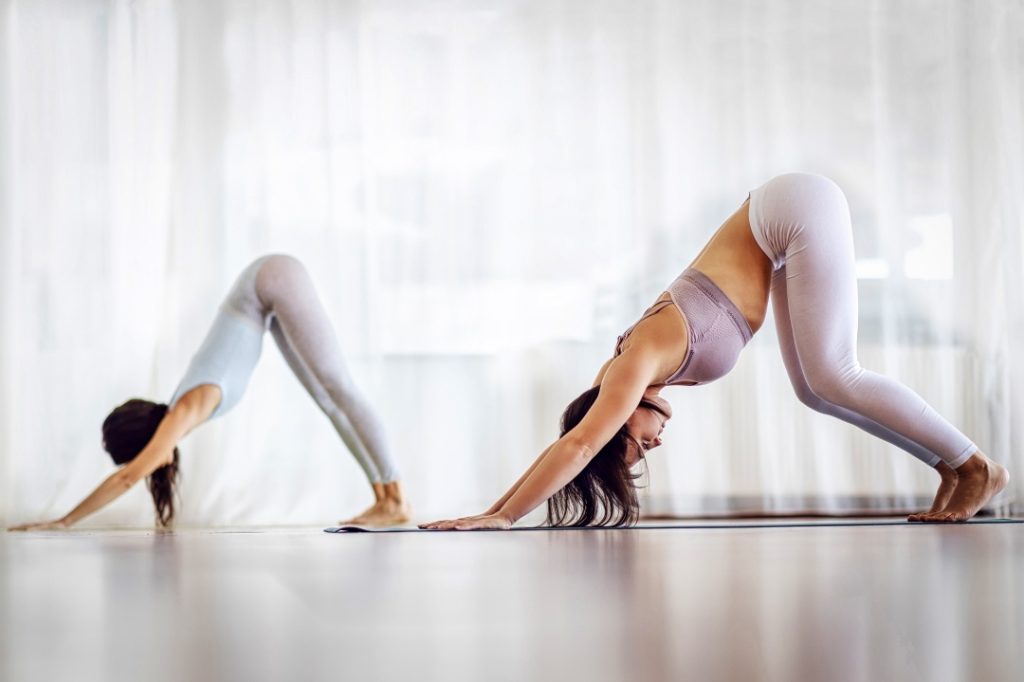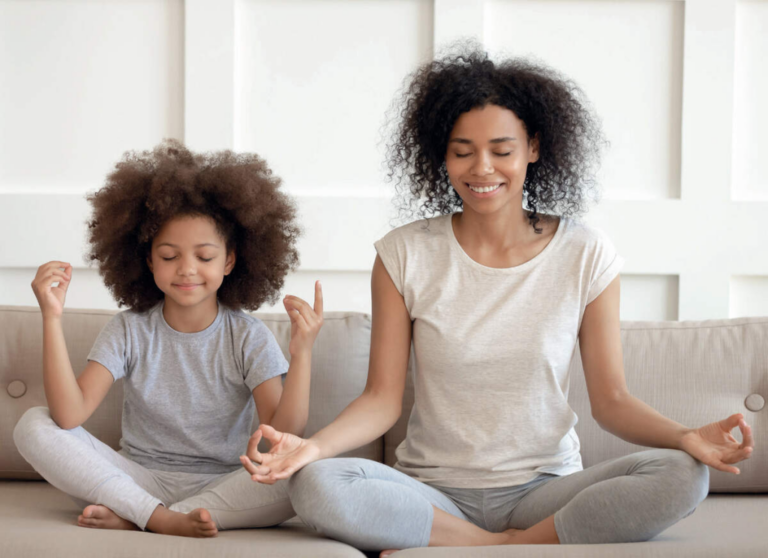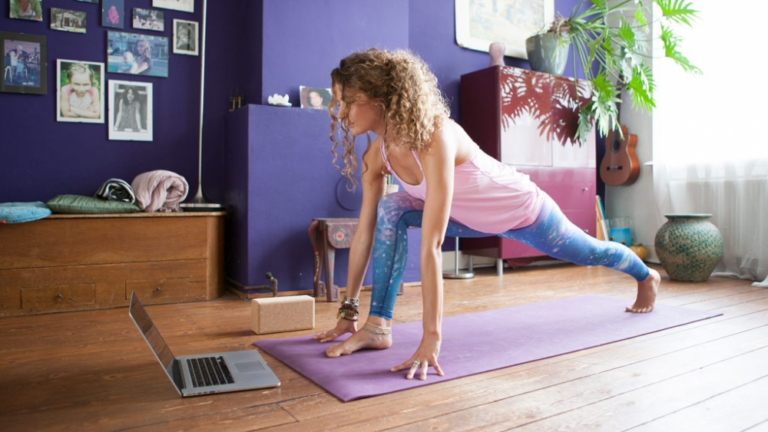Beginners, welcome!
When you’re completely new to yoga, it might be overwhelming and tough to know where and how to begin. Our Yoga for Beginners guide was written particularly for you, and it contains all of the information, instructions, and suggestions you’ll need to get started with a good yoga practice. We strongly advise you to read this full page before beginning any yoga practice to ensure your success.

Yoga is a vast collection of spiritual techniques and practices aimed at integrating mind, body, and spirit to achieve a state of enlightenment or oneness with the universe. What is normally thought of as “yoga” in the West is really Hatha Yoga, one of the many paths of yoga. The different paths of yoga emphasize different approaches and techniques but ultimately lead to the same goal of unification and enlightenment.
Hatha Yoga attains the union of mind-body-spirit through a practice of asanas (yoga postures), pranayama (yoga breathing), mudra (body gestures), and shatkarma (internal cleansing). These physical practices are used to purify the body and cultivate prana (life-force energy). Modern Hatha Yoga does not emphasize many of these esoteric practices and instead focuses more on the physical yoga postures.
Regardless of what your goals or intentions are for starting, just the yoga poses themselves is a fantastic form of mental and physical exercise.
IS YOGA RIGHT FOR YOU?
Yoga is in no way exclusive—being able to practice yoga does not matter how old you are, how much you weigh, what you do for a living, where you live, or what religion you practice. Yoga is accessible for just about everyone.
If you have a medical condition or a recent injury, it can be challenging or dangerous to do certain types of yoga, specific poses, or breathing techniques. Usually, there are alternatives or modifications that can allow you to practice safely, and many common complaints have specific yoga therapy remedies. If you are recovering from an injury or are in poor health, we recommended consulting with a physician or other qualified health care professional before beginning yoga.
While you may feel some intensity in the belly of your muscles while in a yoga pose, you should never feel
pain, especially in the joints. A sharp or intense pain is your body’s signal to tell you to stop, back off, and take it easy.
What Is the Best Yoga for Beginners?
If you are out of shape or extremely inflexible, we recommend you begin with a gentle practice until you have built up the strength and flexibility for more challenging sequences. If you are a relatively fit and flexible person, you should be able to jump right into a regular hatha yoga class. Once you are familiar with the basic postures, you can explore a vinyasa or flow class. We recommend you avoid Ashtanga, Bikram, or hot yoga until you have built up some physical strength and endurance. It is always best to error on the side of caution and safety and approach yoga slowly and carefully. The best way to know if yoga is for you is to give it a try!

HOW TO PRACTICE YOGA
Yoga is typically performed in bare feet on a sticky yoga mat with optional yoga props. The yoga movements and poses require clothes that can stretch and move freely with your body. You can purchase clothing specifically designed for yoga practice, but you can probably put together a comfortable outfit from your existing wardrobe to get started.
Yoga classes may use additional props, the most common being straps, blocks, blankets, and bolsters. You don’t need to purchase these right away as you can easily substitute these items with scarves or neckties, a stack of books, and pillows. If you take classes at a yoga studio, they will provide everything that you need.
Your First Yoga Practice
We recommend that you start with a short and straightforward yoga session and slowly build up from there. Once you feel comfortable with a few basic beginner yoga postures, you can incorporate them into a sequence and continue to add more challenging poses. Make sure you learn and follow the essential components of a yoga practice: breathing, meditation, intention, asanas, and relaxation.
HOW OFTEN SHOULD I DO YOGA?
If you can practice yoga 3 or more times per week, you will see significant improvements in your flexibility, range of motion, strength, balance, inner peace, and overall well being. Ideally, we recommend shorter and more frequent sessions, 20-45 minutes long, and for a total of 3-4 hours spread over several days. Practicing yoga less than this amount will still be beneficial, but you will see smaller improvements over a longer period of time. Like most things, the more time you can dedicate towards it, the more benefits you will receive.

THE BENEFITS OF PRACTICING YOGA
The benefits of yoga are almost endless! Practicing yoga helps build healthy virtues and good values, such as discipline, honesty, devotion, self-inquiry, mindfulness, and non-attachment. Yoga empowers you to make conscious choices toward living a more healthy and fulfilling life. Yoga also helps you:
- Keep your mind healthy and strong
- Reduce stress and promote relaxation
- Get a better night’s sleep
- Boost your immune system
- Help heal common aches like back pain
- Increase happiness and well being and reduce depression
- Lose weight and change your body shape
- Improve and maintain the health of muscles, joints, and organs
- Prevent conditions such as diabetes, heart disease, and auto-immune disorders
- Improve flexibility, strength, stamina, mobility, range of motion, and balance
HOW TO IMPROVE AFTER STARTING
Patience, commitment, repetition, and consistency are the keys to developing and progressing in the practice of yoga. After you’ve found a style, teacher, and yoga studio that works for you, try these tips:
- Commit to a regular schedule of yoga classes or home practice
- Increase the length of your practice and the number of days per week that you practice
- Attend yoga workshops that focus on specific aspects of yoga in more detail
- Journal the effects a consistent yoga practice has on your body, mind, and heart
- Read and study to learn more about yoga
- Find sources of inspiration
- Make yoga friends and get involved in a community of yogis
- Adopt a yogic lifestyle





